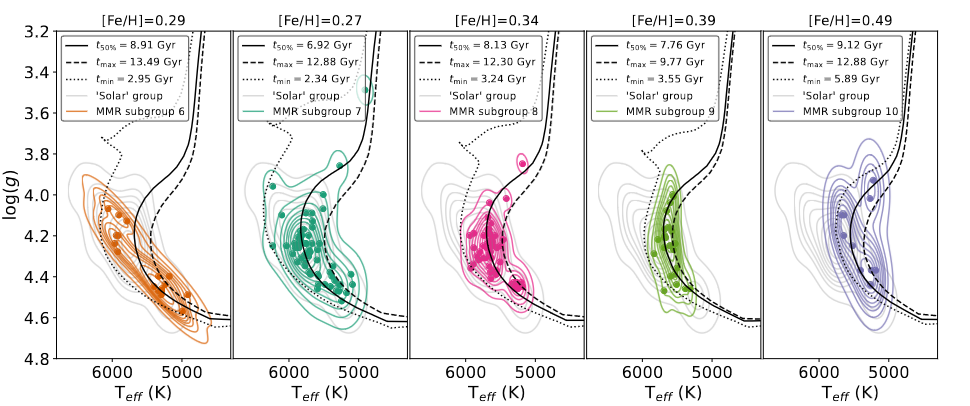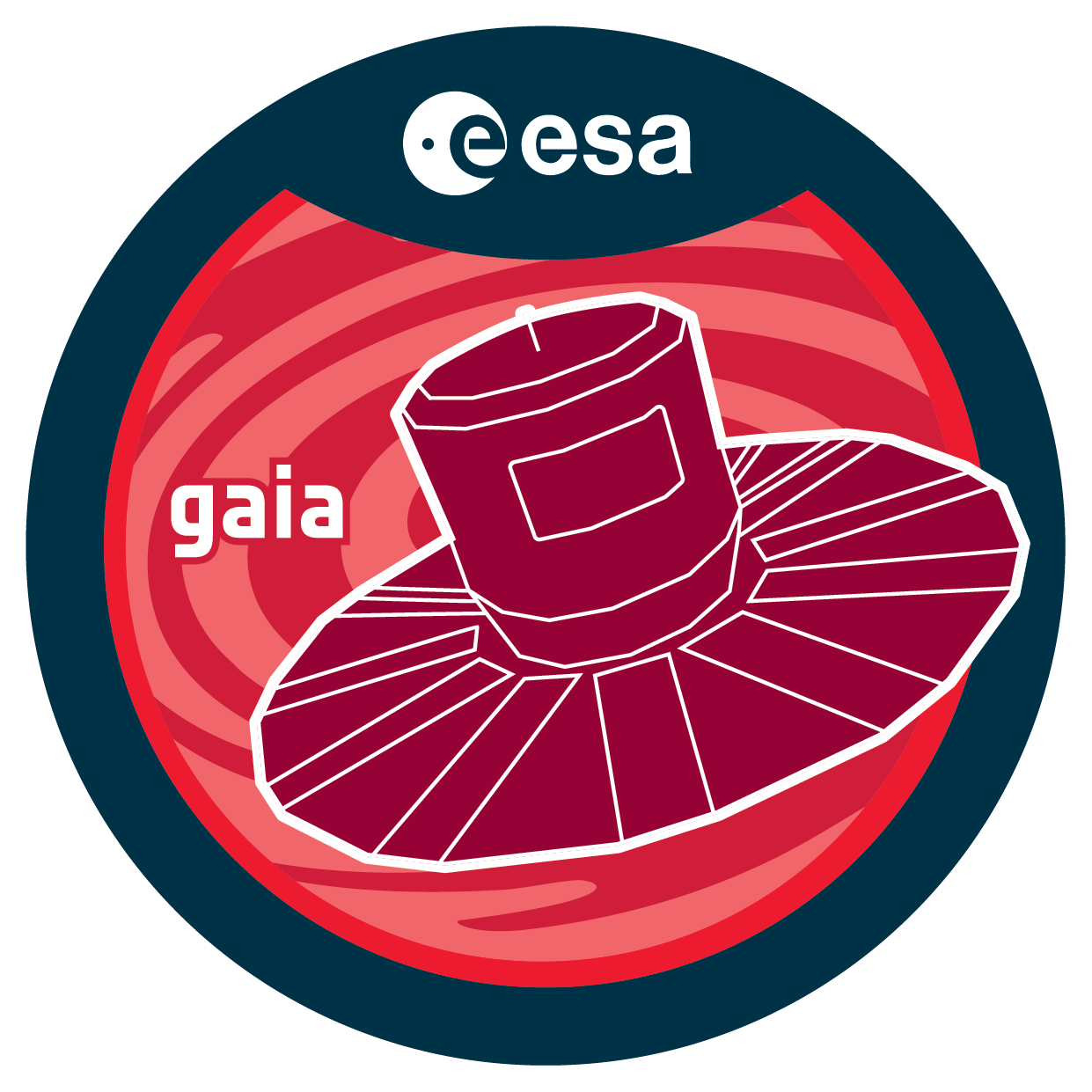Visitors from the heart of the Milky Way
Just as people can move from one neighbourhood to another, stars may move from one place to another within the Galaxy.

An international team of astronomers led by Dr Maria Luiza Linhares Dantas, a postdoctoral researcher at the Nicolaus Copernicus Astronomical Centre (CAMK), have made an exciting discovery of a set of 171 old super-metal-rich stars currently located in the solar vicinity. These stars have an estimated age of about 8 billion years. They have chemical elements in amounts 1.5 to 3 times greater than what is found in the Sun. The team determined that these stars were formed between 2 and 4 kpc away from the Galactic centre. However, they are now located at distances between 6 and 9 kpc from the Galactic centre (the Sun itself is at 8 kpc). These metal-rich stars moved away from their birthplace because of radial migration.
Imagine that stars in the Milky Way are like people living in a city. Just as people can move from one neighbourhood to another, stars may move from one place to another within the Galaxy. This movement can occur because of dynamic effects created by the influence of other stars or structures in the Galaxy, such as the spiral arms. This process, called radial migration, because it changes the radius where the star is located, can change the overall appearance of a galaxy and cause the mixture of old and new stars originally born in different regions.
The discovery
In their analysis, the team used chemical abundances from the Gaia-ESO spectroscopic survey. They also calculated the stars' ages, velocities, and orbits inside the Galaxy. The distribution of the velocities shows a high dispersion, a sign of previous dynamic perturbations. Another similar sign of previous perturbations is that, in their orbits, the stars can reach distances of more than 500 pc above or below the Galactic plane. Stars in the Galactic thin disc tend to stay within a distance of up to 300 pc of the plane. A comparison with theoretical models also shows that the solar vicinity was not as metal-rich as these stars were at the time they were formed (see Fig. 1). The analysis of all these properties led to the discovery that these super-metal-rich stars likely originated in the inner regions of the Milky Way and then migrated to their current position.
The importance of the results
The results are particularly noteworthy because they challenge the traditional understanding that metal-rich stars should be young objects. In the inner regions of the Galaxy, the processes of star formation were very fast and intense since the early stages of the Milky Way. This lead to a fast enrichment and the possibility of quickly forming very metal-rich stars. The discovery of these stars provides new insight into the chemical and dynamic evolution of the Galaxy.
Text by Maria Luiza L. Dantas and Rodolfo Smiljanic


